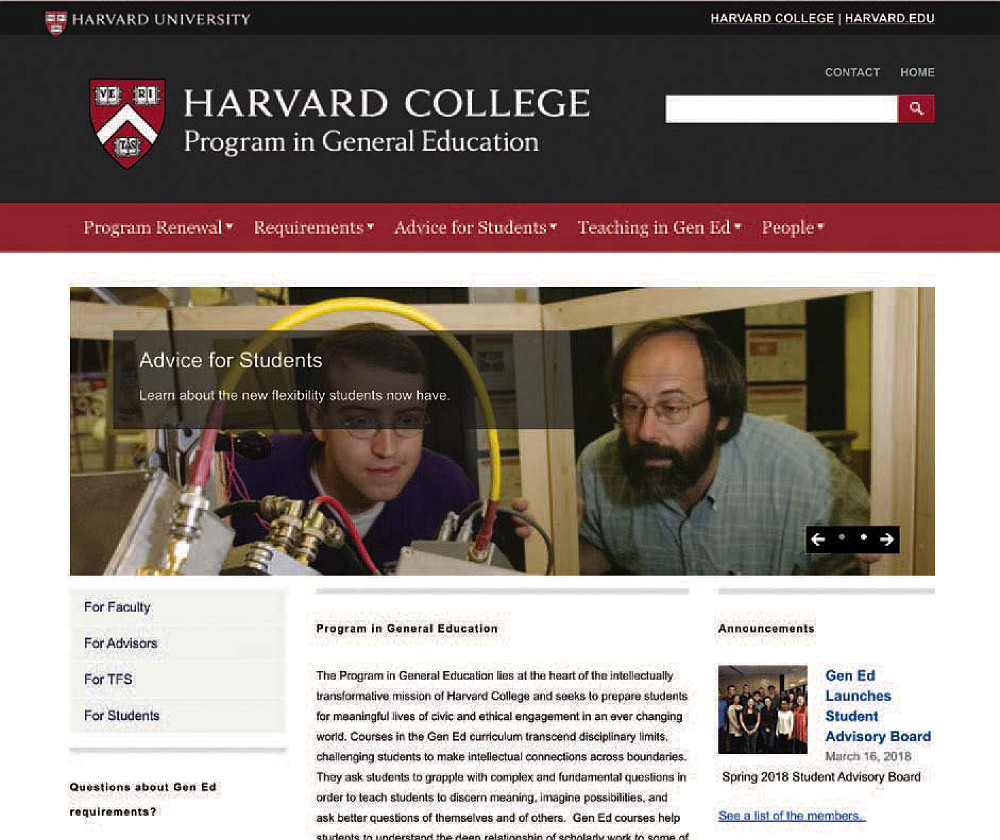
The list box shows additional details about this particular annotation.Īs shown in Fig. In the popup box click “Properties” to display a list box.Double-click the first annotation to display a popup box “Edit annotation”.In the Document Viewer (center panel), click the “Annotations” tab.

Here is another method for displaying annotation information: The fields in this popup box are described below. 2, if you hover the mouse pointer over the yellow highlighted genomic region, it displays a popup box with additional details about this particular annotation. The exact sequence of steps may vary somewhat from those shown here depending on your version of Geneious, your workstation operating system, and any prior existing configuration options you may have set in Geneious.Īs shown in Fig.
In the Document Viewer (right panel), click “Zoom to selection” (two inward-facing blue arrows).Īt this step, the first listed annotation should be highlighted in blue (bottom panel) and the corresponding genomic region should be highlighted in yellow (center panel). Click the first annotation in the list to highlight it in blue. In the Annotation Table (bottom panel), click “Name” to sort the annotations alphabetically. In Annotations and Tracks, check “Show Annotations”, check “Types”, check “CDS”, uncheck all remaining tracks. In the Document Viewer (right panel), click the “Annotations and Tracks” tab (right yellow arrow). In the Document Viewer (center panel), click the “Contig View” tab. “demo_bacteria_geneious_R ( assembled to Staphylococcus aureus )” in our example). In the Document Table (top panel), check the contig file that contains the sequence alignment (i.e. To display the Geneious main window as shown in Fig. And we’ll assume you have navigated to the subdirectory that contains the results of the sequence alignment algorithm. Annotation is often used to describe the structure and function of various genomic regions, such as genes, CDS‘s (coding sequences), exons, introns, 5′- 3′- UTR‘s, tRNA‘s, rRNA‘s, ORF‘s (open-reading frames), etc.įor this article we’ll assume that you already have Geneious running on a local workstation, that you have imported a reference genome into Geneious, have imported a sample FastQ file, and have run a sequence alignment of the sample against the reference genome. “As leaders, there’s often very little time for reflection, but reflection is critical if we are to properly support the next generation of leaders,” she said.Geneious Prime includes genome annotation features and reports. She said she sees the Harvard opportunity as a chance not only to share her experience with others, but also to learn. She was facing mounting political pressures at home, including for her handling of the coronavirus pandemic, which was initially widely lauded but later criticized by those opposed to mandates and rules. 
“Jacinda Ardern showed the world strong and empathetic political leadership,” Elmendorf said in statement, adding that Ardern will “bring important insights for our students and will generate vital conversations about the public policy choices facing leaders at all levels.”Īrdern, who was just 37 when she became prime minister in 2017, shocked New Zealanders when she announced in January she was stepping down from the role after more than 5 years because she no longer had “enough in the tank” to do it justice. She will serve as the 2023 Angelopoulos Global Public Leaders Fellow and a Hauser Leader in the school’s Center for Public Leadership beginning this fall.

Ardern, a global icon of the left and an inspiration to women around the world, has been appointed to dual fellowships at the Harvard Kennedy School.







 0 kommentar(er)
0 kommentar(er)
